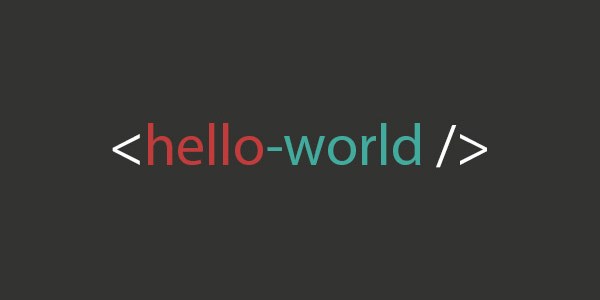Want to read more of my (short) blog posts? Visit The ADHD Lawyer Blog
Follow me on Instagram @theadhdlawyer Follow me on Twitter @theadhdlawyer
Part I. What is ADHD?
In order to explain what an ADHD lawyer is, one must define ADHD. My definition of Attention Deficit Hyperactivity Disorder or, ADHD, is a treatable condition, or affliction, or neurobehavioral disorder marked by persistent inattention and hyperactivity, and is usually hitched with impulsivity. According to the National Institute of Mental Health (herein, the “Institute’), ADHD is a brain disorder evidenced by an ongoing pattern of inattention/hyperactivity/impulsivity that interferes with functioning or development. The Institute defines Inattention as, a person who wanders off task, lacks persistence, has difficulty sustaining focus, and is disorganized (and? hmmm) – such issues are not due to defiance or lack of comprehension (got that right!); Hyperactivity as, a person who seems to constantly move around (constantly?), including inappropriate situations; or excessively fidgets, taps, or talks. The Institute continues opining that in adults, hyperactivity may be exuded by extreme restlessness or “wearing others out with constant activity” (wt%?); and Impulsivity as a person who acts hastily in the moment without first thinking and, such actions may have high potential for harm; or a desire for immediate rewards or inability to delay gratification. The Institute defines an impulsive person as someone who may be socially intrusive and excessively interrupt others or make important decisions without considering the long-term consequences. Whew! Made it through the first opin……., I mean definition, sorry! That was close!
To continue defining ADHD, I turn to the Centers for Disease Control and Prevention (herein, “CDC”). The CDC defines ADHD in terms of children, not adults. According to the CDC website, ADHD is a neurodevelopmental disorder of childhood which is categorized by the predominant symptoms. The three categories or, presentations, are: (1) Predominantly Inattentive; (2) Predominantly Hyperactive-Impulsive; and (3) Combined. Predominantly Inattentive ADHD: A [child] is easily distracted or forgets details of daily routines causing difficulty with organizing or finishing a task, paying attention to details, or following instructions or conversations. Predominantly Hyperactive-Impulsive ADHD: A [child] fidgets and talks a lot, has difficulty with sitting still for long (e.g., for a meal or while doing homework). The [child] feels restless and has impulsivity issues such as interrupting others, grabbing things from people, or speaking at inappropriate times. It is difficult for the [child] to wait their turn or listen to directions. Combined ADHD: Symptoms of the above two types are equally present in the person.
With regard to Adult ADHD, the CDC website refers its readers to the NIMH and the Children and Adults with Attention-Deficit/Hyperactivity Disorder or, CHADD. That’s it. They, the CDC, the federal agency indoctrinated for the promotion of the public health at large, and managed by the United States Department of Health and Human Services, say nothing more about Adult ADHD. Rhetoric approaching . . . WHY!?!?! We will save that discussion for a future post.
More to come but . . . brb.
By the way, welcome to the lovely world of The ADHD Lawyer. And I mean that with the utmost sincerity. I embrace my ADHD because I am blessed to be embellished with such a condition – I wouldn’t be the person I am without it! So brace yourself and get ready for the ride of a lifetime! Let’s do this! But first, I need to recharge my focus (kind of like recharging your healing crystals). To follow: Additional definitions of ADHD and LAWYER. To. Be. Continued. Shortly. TTFN.
